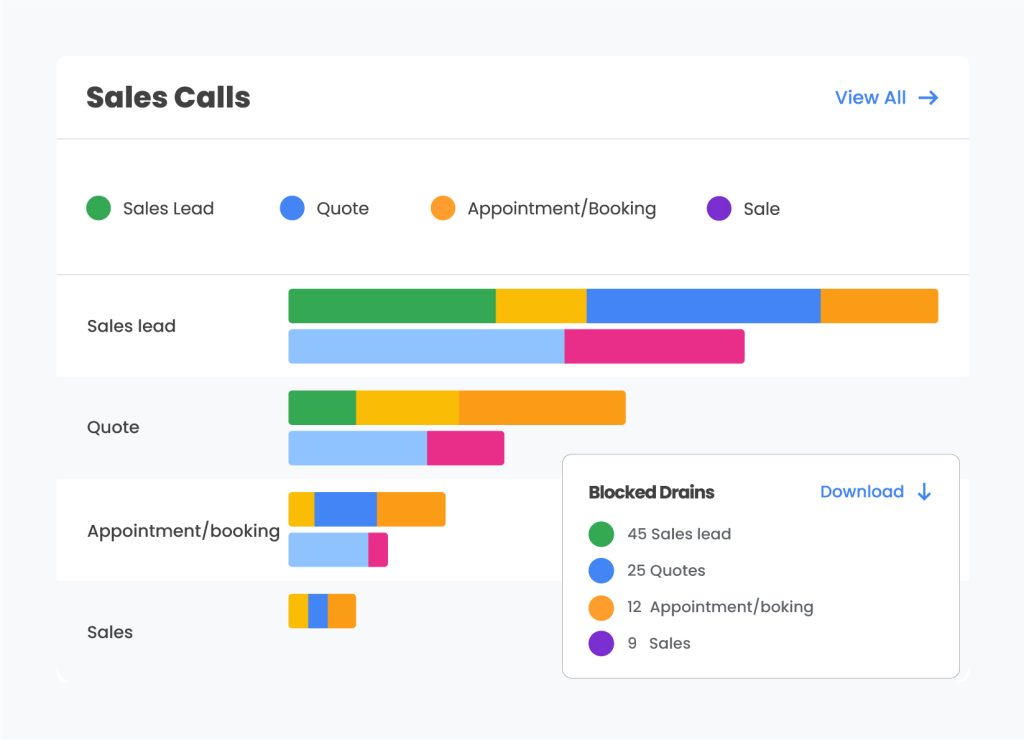The Ultimate Guide in Battle Cards for Sales Teams

It’s critical for sales teams to be equipped with the right tools to gain an edge over competitors. One such indispensable tool is the sales battle card – a concise, strategic document that empowers sales representatives with critical information to effectively engage prospects and close deals. This comprehensive guide delves into the essentials of creating and utilising battle cards, ensuring your sales team is always prepared to win.
What are sales battlecards?
A sales battle card is a succinct, easily accessible document that provides sales representatives with key information about competitors, products and market positioning. It serves as a quick-reference guide during sales conversations, enabling reps to address objections, highlight differentiators and tailor their pitch to the prospect’s needs. Typically, a battle card includes:
- Competitor overview: Brief descriptions of main competitors, their strengths and their weaknesses
- Product comparisons: Side-by-side analyses of features, benefits and pricing
- Unique Selling Points (USPs): Key differentiators that set your product or service apart
- Objection handling: Common objections raised by prospects and effective responses
- Customer testimonials: Relevant success stories and case studies that build credibility
The importance of battle cards for sales teams
Implementing battle cards offers numerous benefits:
- Consistency: Ensures all sales reps convey uniform messages aligned with the company’s value proposition
- Confidence: Equips reps with the knowledge to handle objections and position the product effectively
- Efficiency: Reduces time spent searching for information, allowing reps to focus on selling
- Competitive edge: Provides insights into competitors, enabling reps to anticipate and counter rival strategies
Steps to create effective sales battle cards
- Identify key competitors: Determine which competitors your sales team frequently encounters
- Gather relevant information: Collect data on competitors’ products, pricing, strengths and weaknesses
- Highlight your USPs: Clearly articulate what makes your product or service superior
- Develop objection responses: List common objections and formulate persuasive rebuttals
- Incorporate visuals: Use charts, graphs and tables for quick comprehension
- Keep it concise: Focus on essential information to ensure quick reference during sales calls
- Regularly update: Ensure the information remains current with regular reviews and updates
Integrating AI-powered tools to enhance battle cards
Incorporating artificial intelligence (AI) can significantly enhance the effectiveness of battle cards. AI-driven analytics provide real-time insights into customer interactions, preferences and pain points, allowing sales teams to tailor their strategies more precisely.
For instance, Automated Analytics offers Call360 Sales, an AI-powered solution that analyses 100% of customer calls in seconds. By transcribing and categorising every call, Call360 Sales identifies the source of calls and their outcomes – be it a sale, inquiry, complaint or booking. This comprehensive analysis enables sales teams to:
- Identify trends: Recognise common customer concerns and objections to refine battle card content
- Optimise strategies: Adjust sales approaches based on real-time data and customer feedback
- Enhance training: Use call analytics to train reps on effective communication techniques and objection handling
By integrating AI tools like Call360 Sales, businesses can ensure their battle cards are data-driven, up-to-date and tailored to actual customer interactions, thereby increasing the likelihood of successful sales outcomes.
Best practices for utilising battle cards
- Training: Ensure all sales reps are trained on how to effectively use battle cards
- Accessibility: Make battle cards easily accessible, whether digitally or in print, to facilitate quick reference
- Customisation: Allow reps to personalise battle cards to suit their selling style and specific prospect needs
- Feedback loop: Encourage reps to provide feedback on the battle cards’ effectiveness and suggest improvements
Measuring the impact of battle cards
To assess the effectiveness of your battle cards, consider the following metrics:
Sales conversion rates
Monitor changes in the percentage of leads converted into customers.
Sales cycle length
Evaluate any reductions in the time taken to close deals.
Rep performance
Analyse individual sales rep performance before and after implementing battle cards.
Customer feedback
Gather insights from customers regarding the sales process and address any recurring issues.
Continuous improvement
The business environment is dynamic, with competitors constantly evolving their strategies. Therefore, it’s crucial to:
- Regularly update content: Keep battle cards current with the latest competitor information and market trends
- Solicit sales team input: Engage with your sales team to gather insights on what’s working and what’s not
- Leverage technology: Utilise tools like Call360 Sales to continuously feed real-time data into your battle card development process
Sales battle cards are vital tools that equip your sales team with the knowledge and confidence to outperform competitors. By meticulously crafting and regularly updating these cards, and by integrating AI-powered solutions like Call360 Sales, businesses can ensure their sales strategies are both proactive and responsive to market dynamics. Investing time and resources into developing effective battle cards will undoubtedly yield significant returns in sales performance and revenue growth.